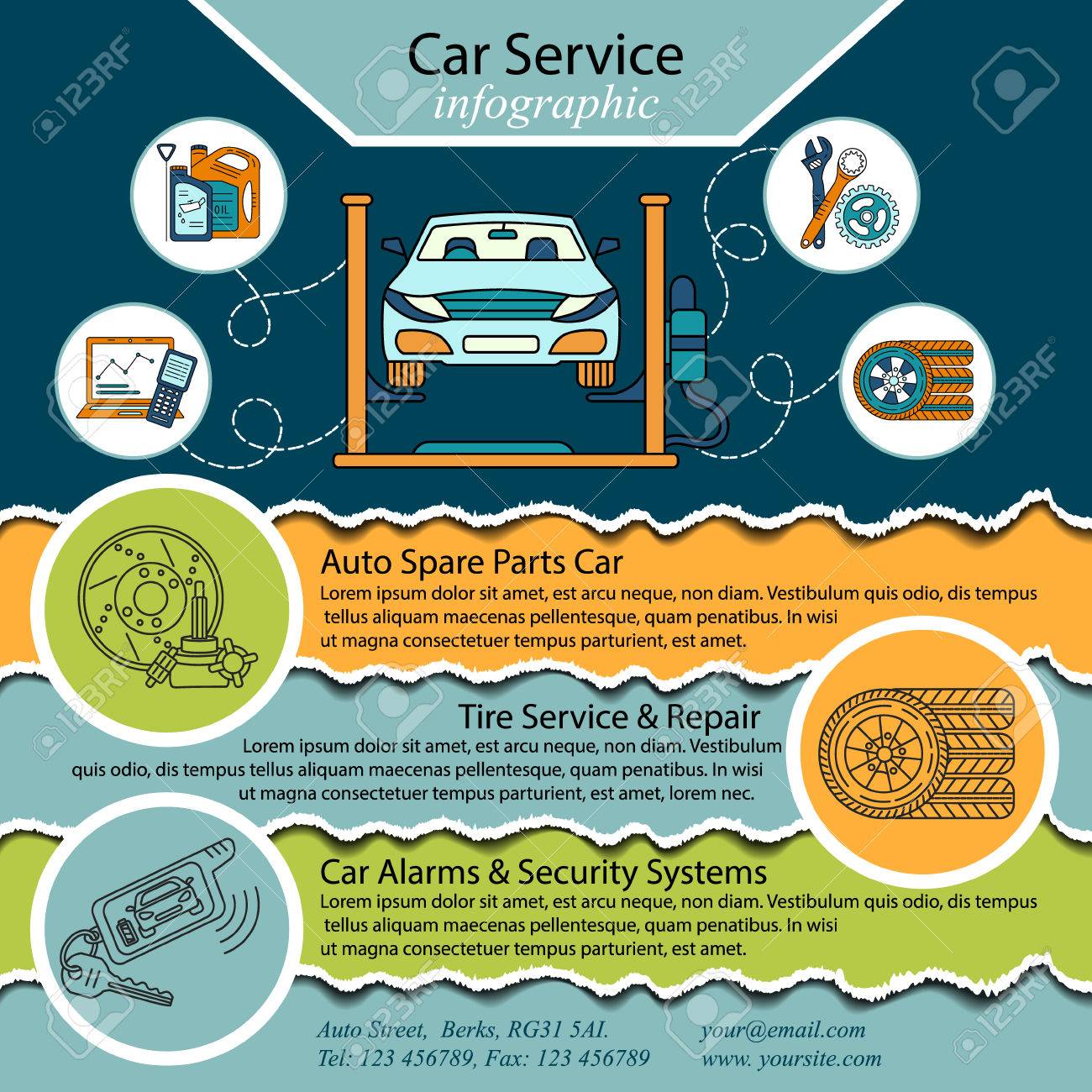Comprehending The Actual Ramifications Of Warning Indicators In Your Lorry
Comprehending The Actual Ramifications Of Warning Indicators In Your Lorry
Blog Article
Staff Author-Kane Dreier
When you're behind the wheel, those glowing caution lights on your control panel can be a bit difficult. Do you recognize what they're trying to tell you about your car's health and wellness? Comprehending the relevance of these lights is vital for your safety and security and the long life of your lorry. So, the next time among those lights pops up, would not you want to decipher its message properly and take the needed steps to address it?
Common Caution Lights and Interpretations
Determine common caution lights in your car and understand their meanings to guarantee risk-free driving.
One of the most typical warning lights consist of the check engine light, which signifies issues with the engine or exhausts system. If this light begins, it's vital to have your car checked promptly.
The oil stress alerting light shows reduced oil pressure, needing instant focus to prevent engine damage.
A blinking battery light may suggest a defective billing system, possibly leaving you stranded if not resolved.
The tire pressure monitoring system (TPMS) light signals you to reduced tire pressure, affecting automobile security and gas performance. Disregarding this might cause harmful driving conditions.
The abdominal light suggests a trouble with the anti-lock braking system, jeopardizing your capability to stop rapidly in emergency situations.
Finally, the coolant temperature level alerting light warns of engine getting too hot, which can result in severe damage if not resolved promptly.
Understanding these common caution lights will help you deal with issues promptly and keep safe driving problems.
Value of Prompt Attention
Understanding the usual warning lights in your cars and truck is only the primary step; the relevance of promptly resolving these cautions can not be emphasized enough to guarantee your safety on the road.
When a caution light brightens on your control panel, it's your car's means of connecting a potential problem that needs attention. Neglecting these warnings can result in extra serious troubles down the road, endangering your safety and possibly costing you a lot more in repairs.
Prompt attention to warning lights can prevent breakdowns and mishaps. For example, a blinking check engine light might suggest a misfire that, if left unattended, can create damages to the catalytic converter. Resolving this without delay can conserve you from a costly repair work.
In a similar way, a brake system cautioning light may signify low brake fluid or worn brake pads, critical components for your security when driving.
DIY Troubleshooting Tips
If you discover a caution light on your control panel, there are a few do it yourself repairing pointers you can try before seeking professional assistance.
The initial step is to consult your cars and truck's manual to recognize what the certain warning light indicates. Occasionally https://beauokeyu.azzablog.com/30352280/develop-a-reliable-connection-with-your-technician-by-using-professional-understandings-on-how-to-keep-a-long-term-partnership can be as easy as a loose gas cap causing the check engine light. Tightening https://www.nasdaq.com/articles/if-you-invested-%241000-in-group-1-automotive-a-decade-ago-this-is-how-much-itd-be-worth-0 may solve the problem.
One more usual concern is a low battery, which can trigger numerous warning lights. Inspecting the battery connections for corrosion and ensuring they're protected may fix the problem.
If a warning light persists, you can attempt resetting it by detaching the auto's battery for a few minutes and then reconnecting it. Furthermore, inspecting your vehicle's fluid levels, such as oil, coolant, and brake liquid, can help repair cautioning lights connected to these systems.
Conclusion
To conclude, understanding your vehicle's caution lights is important for maintaining your automobile running efficiently and securely. By promptly attending to these alerts and knowing what they indicate, you can stay clear of pricey repairs and potential breakdowns.
Bear in mind to consult your cars and truck's handbook for specific information on each warning light and do something about it appropriately to make certain a trouble-free driving experience.
Keep informed, remain risk-free when driving!
